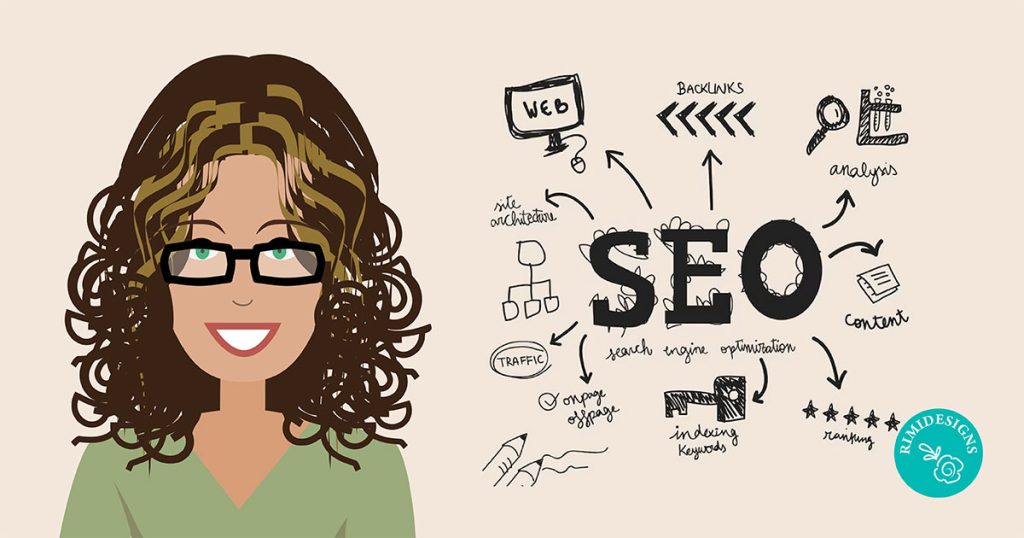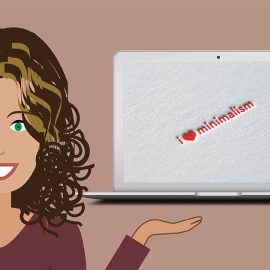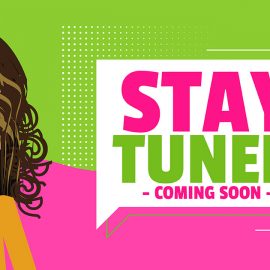
On-Page SEO Strategies for Savvy Businesses
SEO is more important than ever. There is a lot involved in making sure you have a successful SEO strategy in place and it involves working on both your on-page and off-page strategies.
Here are some of the most important on-page strategies that savvy businesses should be focusing on to improve their SEO.
1. Focus on one keyword per page
It is easy to carry out lots of keyword research when you get started with your SEO and to end up with a list of 500 keywords and then try to cram them all into one page. But this does not work.
Keyword stuffing is outdated and harmful, and instead you should choose one keyword for each page and create your content around this.
Use longer variations of it and use similar words that fit into the content naturally. Don’t just stuff keywords in wherever you can.
2. Use a descriptive URL structure
The URL structure is essentially what the URL looks like. Some URLs are no more than a long list of random numbers and figures, whereas some are descriptive of the page and use keywords. You want the second option.
Keep them as short as you can and use categories for your pages so that these provide some structure to your website.
3. Optimise your page titles
The page titles are one of the places to use your keyword for each page. These title tags are used by the search engines to display in the results pages, so your titles should therefore tell both the search engines and the users what the page is about.
Keep it short — about 50 characters or so — and incorporate your keyword naturally. But make sure you make the title enticing so people click on it.
You should also use your keyword in your description. Users will also see this in the search engines. So again, make this enticing to attract people to your page.
4. Make your pages load faster
Page loading times have been crucial for search engine optimisation for years. They improve the user experience because people don’t want to visit a website and wait around to access your content.
Find out how fast your pages load and get your designer to help you speed up the page load times, if necessary. They could be loading slowly due to your use of embedded media, bad coding, too many plugins or many other factors.
5. Use correct formatting
Formatting involves using heading tags to clarify the topic of the page. You want to ensure that you use your main keyword in your H1 tag.
Subheadings are also important places to use your keyword, but only if it fits naturally. You can also use bold to highlight important words and ensure that your text is easy to read by making sure it is a sensible size and that you split your content up into paragraphs to improve the user experience.
6. Don’t forget about images
Images themselves cannot be optimised but you should use alt text for each image. The alt text gives the search engines information about the image. You can use your keyword in the text, as well as making the text descriptive of the image.
7. Create internal links
Internal linking is another important practice. This involves linking to other relevant pages on your website. This not only helps visitors but it also makes it easier for the search engines to find out about your website and shows which are the most important pages.
8. Focus on your content
One of the biggest factors is to remember to post high-quality content because this is essentially what will attract more links in the long term. When people find your content useful, informative or humorous, they are more likely to link to it.
Although link-building is an off-page SEO strategy but it starts with good content on your website.
9. Make sure your website is mobile friendly
Finally, make sure you have a mobile-friendly website. Google has made it clear that this is now a ranking factor because people searching on mobile devices want to find websites that they can view on their devices. Therefore, Google now prioritises websites that are mobile friendly, so make sure your website has been optimised for mobile.
Conclusion
On-page SEO is not complicated, it just takes some time and effort to sort out. These are the main factors to consider when you get started with your optimisation efforts, so keep them in mind.
Essentially, it is all about the user. You want to improve the user experience on your website and by doing this you will also be improving your on-page SEO.
After you get your on-site SEO in order, you can start thinking about which off-page SEO tactics you want to employ.
Ready to bring your vision to life? Don’t settle for ordinary, let’s design the extraordinary together! Unleash the power of your ideas with stunning visuals. Your masterpiece is just a click away. Think we’d be a great fit? Work with me and let my expert graphic design skills transform your concepts into captivating designs. Let’s talk!



